Top toxic chemicals in the air, what are airborne toxins, are questions many ask as weather conditions get colder and people plan to spend more time inside.
As ordinary people, especially those in colder climates, spend more time indoors, home air quality can become an issue. Some of the top toxic chemicals in the air may surprise you, but knowing where the top toxic chemicals in the air come from can help you be alert to potential dangers. Here is a list of some of the worst offenders.
Table of Contents
Top Toxic Chemicals in the Air, What are Airborne Toxins?
Formaldehyde
Formaldehyde is a colorless and odorless gas released from various sources both inside and outside. It can come from new furniture, carpets, paints, or other fabrics.
Formaldehyde can surprisingly be found in higher than expected levels indoors, especially in new home furnishings or construction materials. When you purchase new things for your home, experts recommend opening the windows and letting the furniture air out outside before bringing it inside to avoid potential toxins.

Top Toxic Chemicals in the Air, What are Airborne Toxins?
The Department of Health and Human Services classifies formaldehyde as a known human carcinogen. It can also increase the risk of asthma, ulcers, and eczema. Many high-end air purifiers will not only help clean contaminated air but can also help pinpoint the top toxic chemicals in the air in your home so you can better identify their source.
Are Indoor Gas Stoves Bad?
Whenever you cook with a different heat source, such as gas, wood, or electricity, indoor air pollution can occur. Propane stoves and natural gas stoves can release carbon monoxide, formaldehyde, and other harmful pollutants that can be toxic to you and your pets.
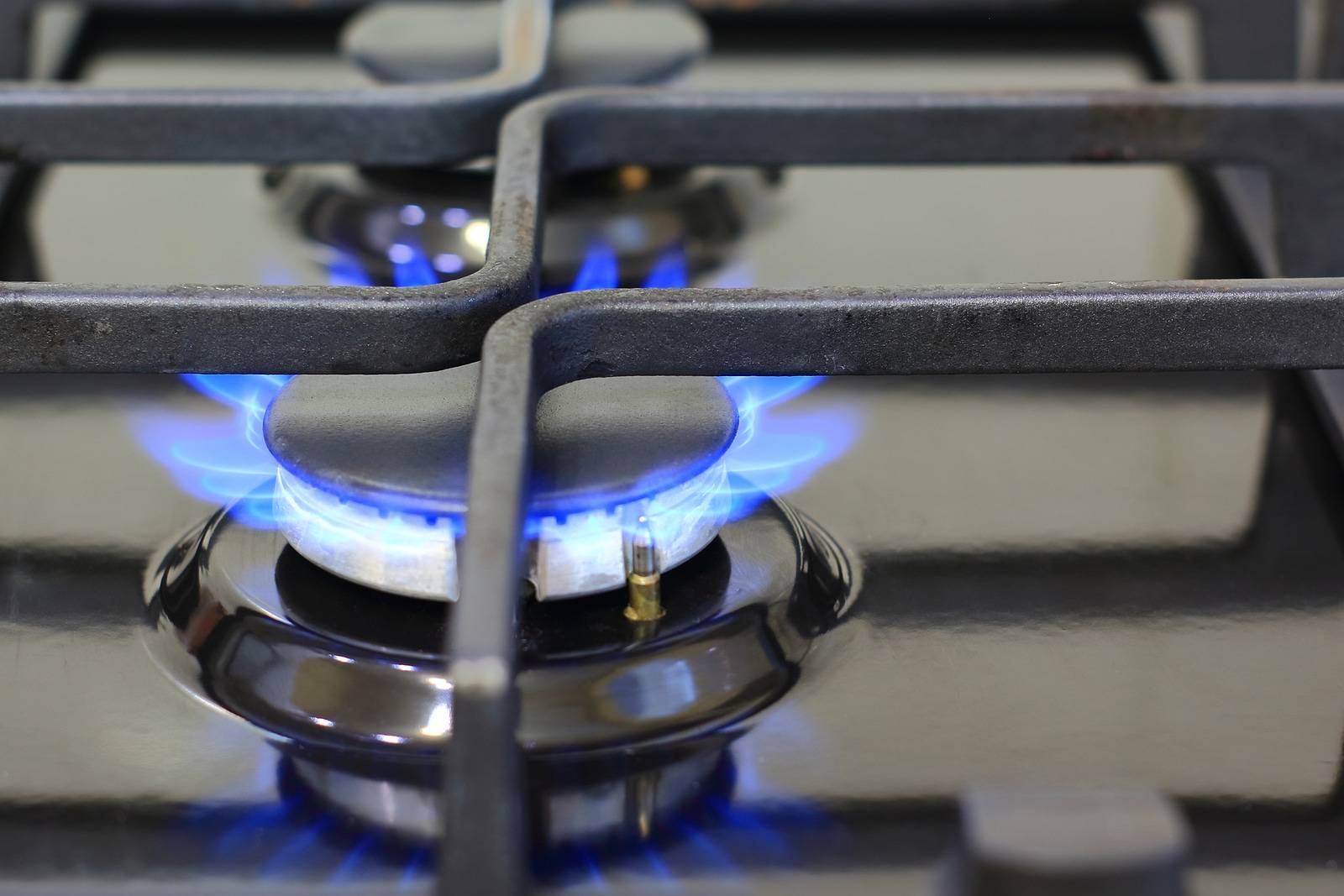
Many gas burners can produce carbon monoxide (CO), which is toxic. However, newer burner designs address this concern, and the evidence suggests it’s not a long-term health risk. The symptoms of CO poisoning will disappear as soon as you are no longer exposed to CO.
What are Heavy Metals?
The heavy metal lead is found all around us—not just in old paint or corroded water pipes. Lead, another of the the top toxic chemicals in the air, can also be found on surfaces or in the water supply. Secondhand tobacco smoke is a significant cadmium, mercury, and lead source.
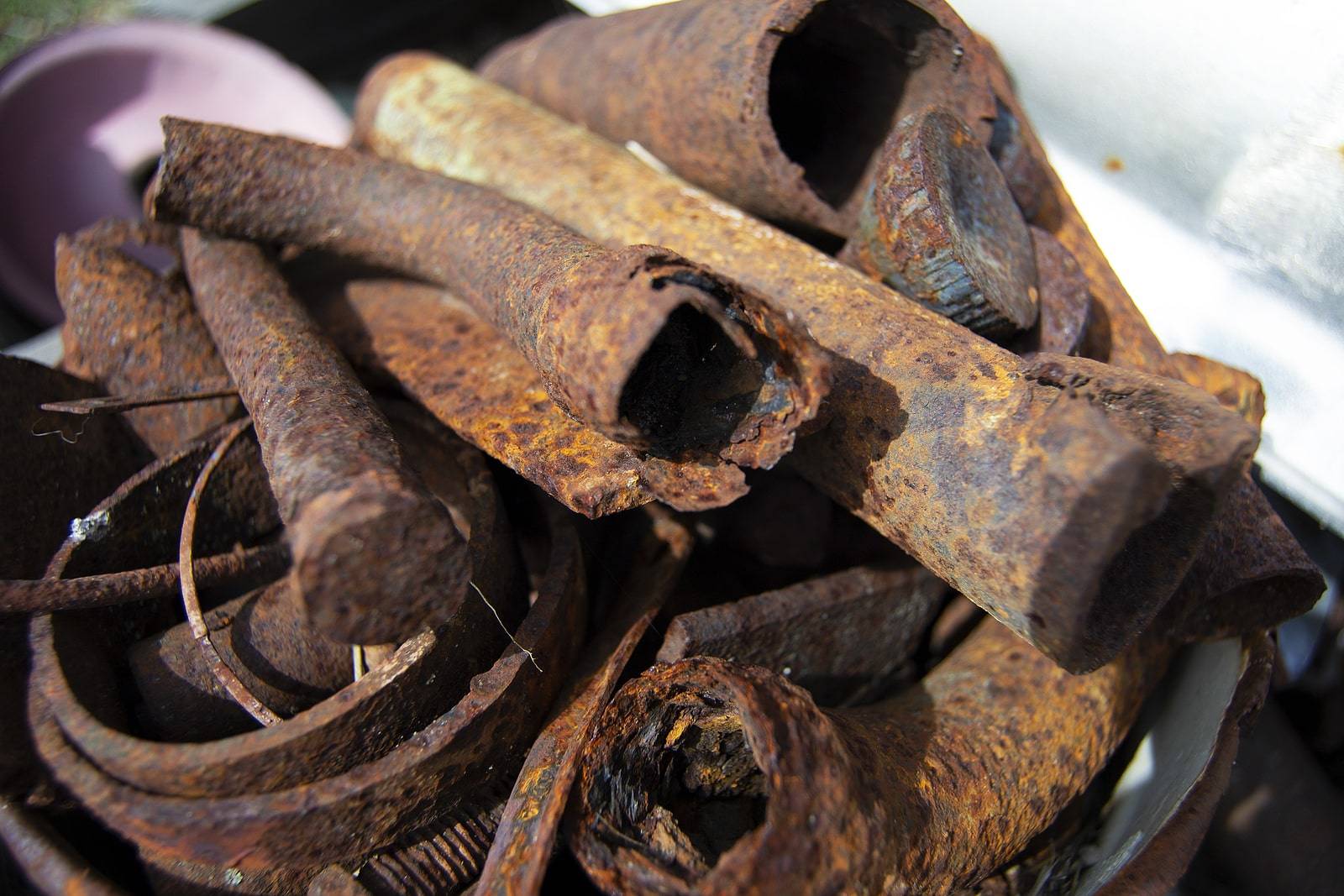
Top Toxic Chemicals in the Air, What are Airborne Toxins?
Toxic lead can also get into the air from small aircraft emissions or waste incinerators. Once inhaled, it can remain in your bones and potentially increase the risk for osteoporosis.
Research has proven that lead can harm the kidneys, immunity, and heart. Children who come into contact with lead early in their development may also suffer from learning problems and a lower IQ.
Top Toxic Chemicals in the Air, What are Airborne Toxins?
What is Benzene?
Benzene is among the top 20 most manufactured chemicals in the United States. Benzene can be found in many products. Industries use chemicals to produce plastics, rubber, dyes, and pesticides. With a sweet smell, benzene is a top toxic chemical in the air both indoors and outdoors because of the damage prolonged exposure can do.
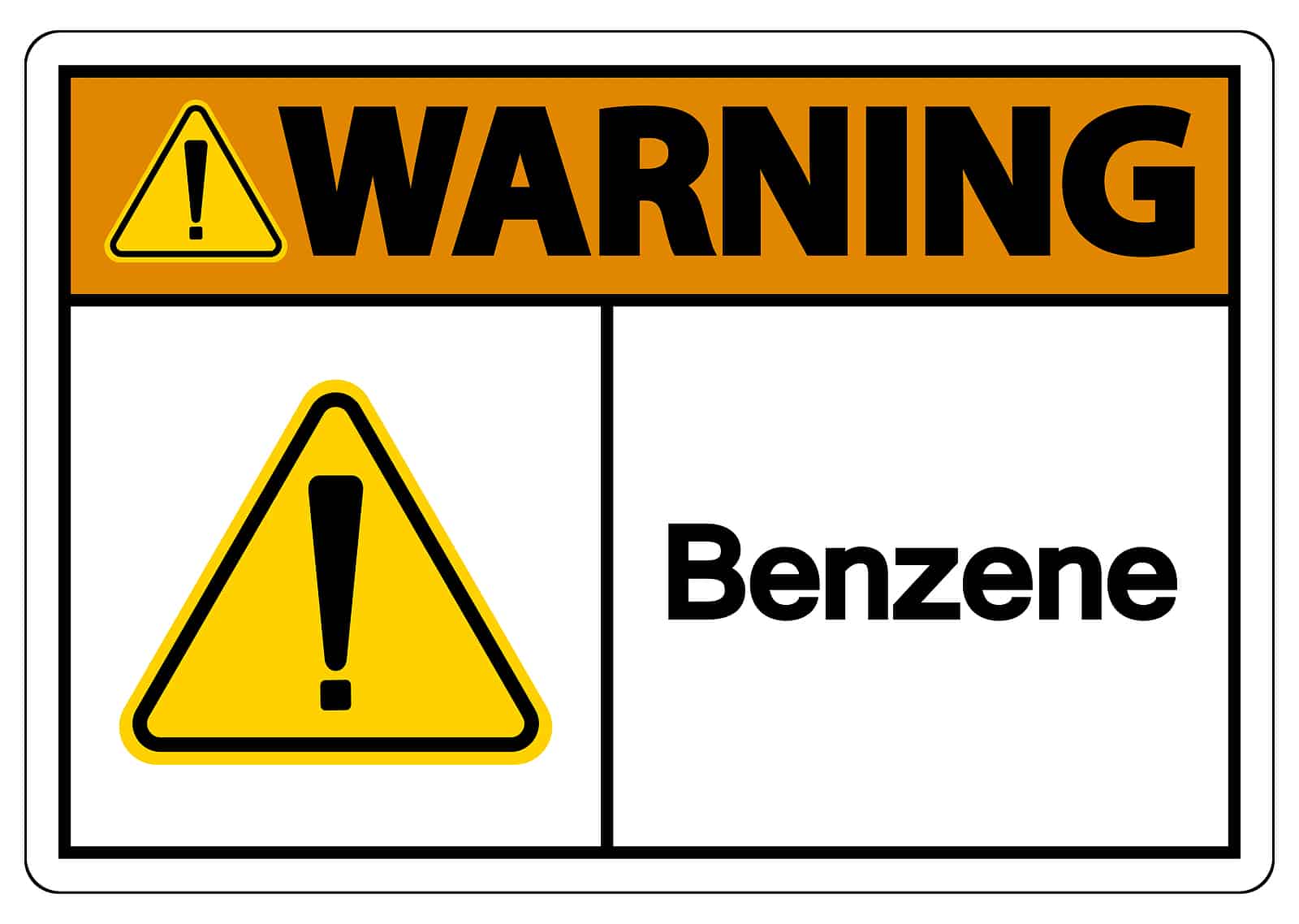
Top Toxic Chemicals in the Air, What are Airborne Toxins?
Scientists have found that benzene exposure may increase the risk of your body developing cancerous cells, including leukemia. Benzene can also lead to decreased red blood cell counts, which may lessen the effectiveness of your immune system. With a weak immune system, disease and infections may occur more frequently.
Smoke from Wildfires
As you may know, wildfires are becoming an increasingly common environmental issue. The effects of wildfires go beyond the destruction they can cause to natural lands- near and far; wildfire smoke can travel for many miles and have devastating health effects.
The smoke in wildfires doesn’t just contain PM2.5, the most well-known form of particulate matter. Scientists have observed that fires also produce PM1–a type of particulate matter that is more deadly and onerous than the PM2.5 found in regular wildfire smoke.
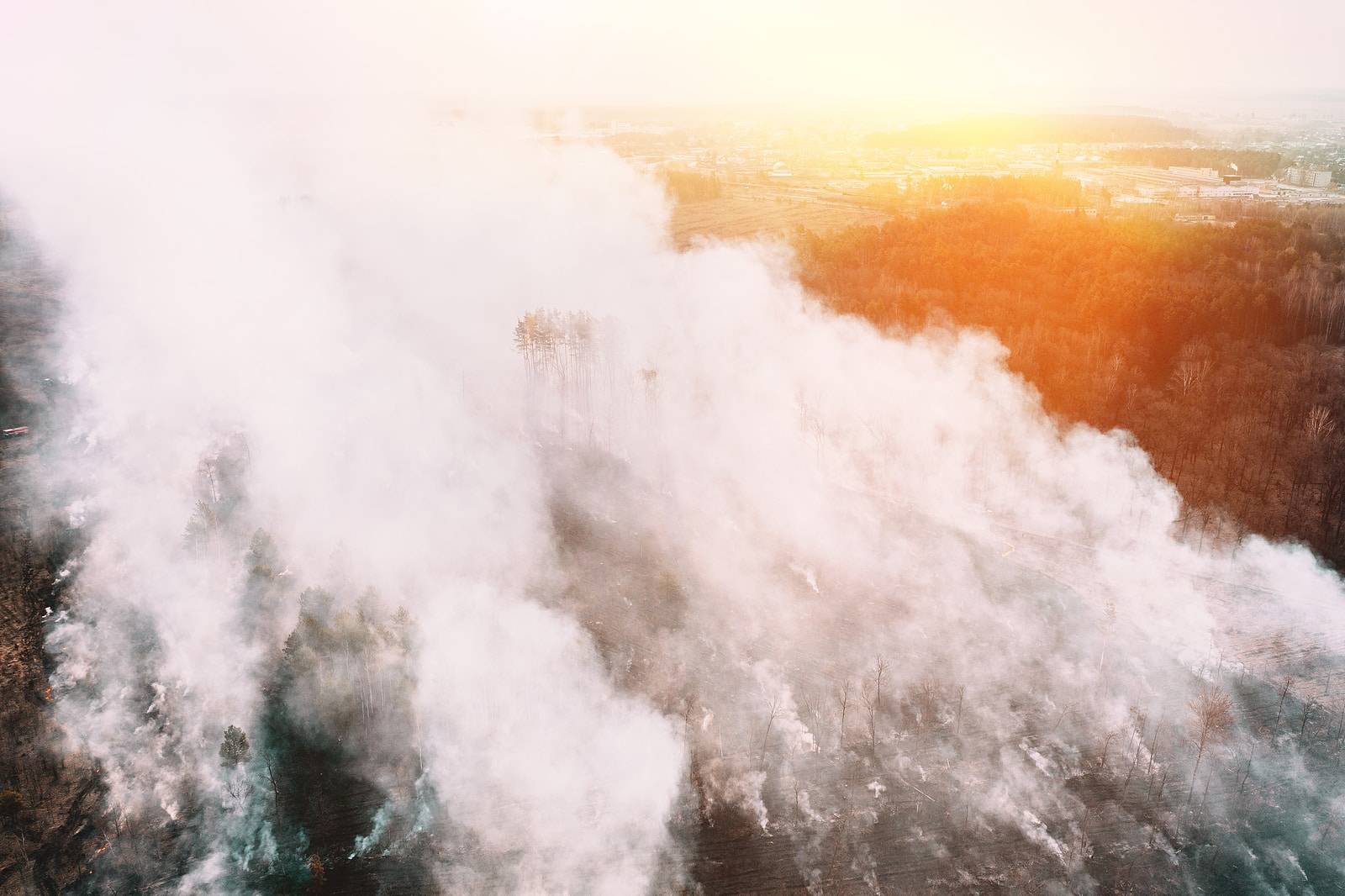
Top Toxic Chemicals in the Air, What are Airborne Toxins?
Wildfire smoke can contain hundreds of contaminants, including lead and other heavy metals. The effects on your health include inflammation, asthma attack risk, lung damage, and a potential increase in cancer risk.
For these reasons, smoke from wildfires is considered another one of the top toxic chemicals in the air. It is also another example of why it is crucial to understand the answer to the question, what are airborne toxins?
What is Ozone? Why is it Bad?
Ozone is one of the three major components of Earth’s atmosphere, and it is a natural chemical produced by living organisms. Ozone (also known as trioxygen) is a chemical compound composed of three oxygen atoms. It is an essential natural disinfectant in the atmosphere that protects living beings from harmful ultraviolet radiation from the sun.
Though EPA currently regulates ozone, it is still a pervasive air pollutant. If you’ve ever been in a city during thick smog and noticed the suffocating smell of pollution, that’s most likely ozone. The creation of ground-level ozone, or smog, is a result of industrial and car emissions interacting with sunlight. For this reason, pollution usually gets worse in the summer months.
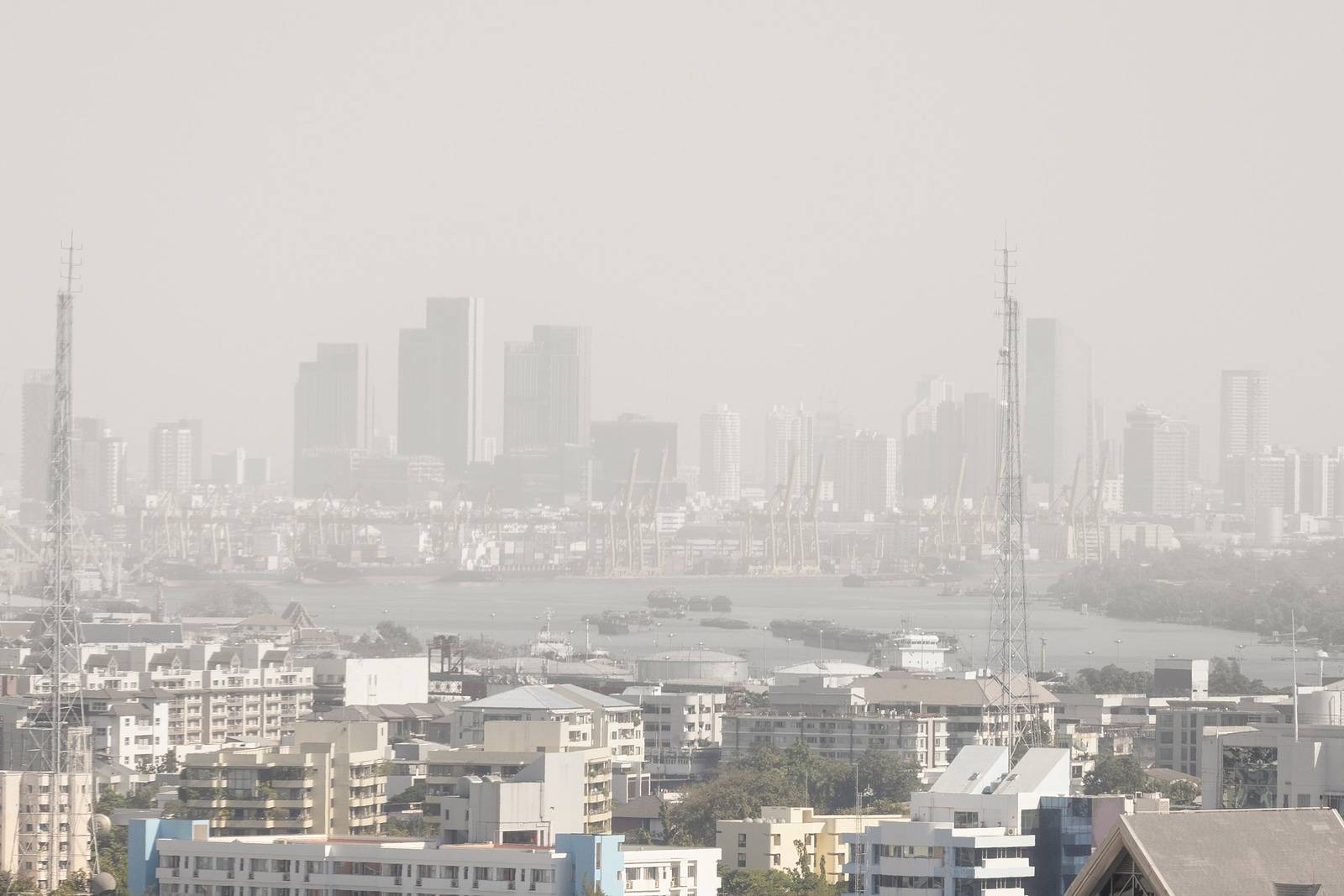
Top Toxic Chemicals in the Air, What are Airborne Toxins?
Ozone can travel thousands of miles and negatively affects the respiratory system, including airway irritation, reduced lung function, and worsening respiratory diseases like asthma or bronchitis. As more studies are concluded, ozone may be considered another of the top toxic chemicals in the air.
What are PCBs?
Historically, PCBs were a common chemical found in many industries. Almost 50% of the world’s production of this chemical occurred in America. In 1979, due to their substantial adverse effects on human health, they were finally banned and no longer produced in the US.
PCBs are organic compounds classified as persistent organic pollutants (POPs). Though they were banned 40 years ago, PCBs still occupy the air and water. Old buildings and other landfills release small amounts of PCBs into the air, while waste incinerators release large quantities into the atmosphere.
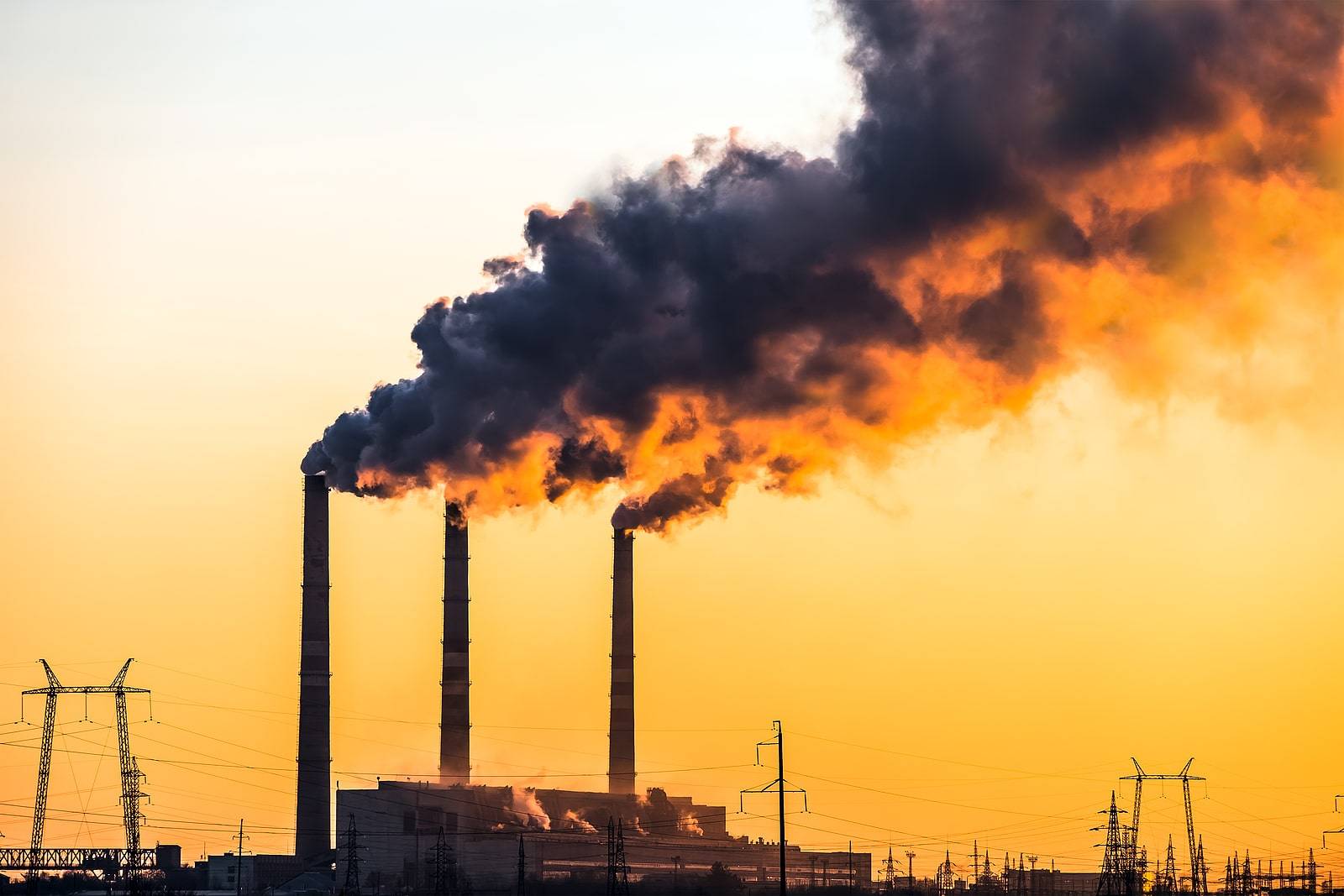
Additionally, PCB air pollution found indoors is highest during winter when windows stay shut. To minimize potential dangers from these top toxic chemicals in the air, it is essential to purify your home air and at least periodically open windows to get fresh air, especially if you live in an older building.
What is Acrolein?
Acrolein is yet another of the top toxic chemicals in the air found in high indoor concentrations. The highest concentrations are attributed to new homes and materials used for construction, but indoor cooking releases acrolein too. Other sources of this pollutant are tobacco smoke and gasoline emissions.

Top Toxic Chemicals in the Air, What are Airborne Toxins?
There is a great deal of evidence that acute acrolein exposure increases the risk of ear infections and may cause blood cancer. Animal studies have also shown that acrolein can negatively impact the nervous system, affecting the brain and nerves.
These are just a few examples of the top toxic chemicals in the air and what are airborne toxins. More importantly, it is essential to note what you can do to minimize exposure to the top toxic chemicals in the air. What are airborne toxins is just the beginning of the discussion.
How To Protect Yourself from Pollution
Air pollution seems to be everywhere. We can’t always avoid breathing it in, but we can take steps to shield ourselves against it and reduce our exposure. To keep the air in your home as free as possible from the top toxic chemicals in the air, purchase an in-home HEPA and carbon air purifier. For some more information on some top-rated air purifiers, click here.
Recently, there has been a lot of talk about the negative impacts of air pollution on people’s health. If you’re concerned about the safety of your lungs and want to minimize your risk, then follow these steps to reduce the influence of toxins from the environment.
When possible, opt for green furnishings made without any toxic chemicals. That way, you know they’ll be safe for your family and friends. If you do not know the origins of new furnishings, leave them outside for at least a day or two whenever possible before moving them indoors.
Opening your windows is essential to provide enough air and ventilation. When it is cold outside, opening windows and turning on a fan to circulate fresh air can be done in as little as ten minutes. However, if you live in an area exposed to wildfires or near known polluters, keeping the windows closed and running a HEPA filter air purifier is a better option.
Do you want to know how your area ranks concerning toxic substances release? The EPA Toxics Release Inventory can help. Check out their website and search for your area. Then, you’ll get the latest information about any facilities around you that are releasing harmful compounds.
Your immune system is a security team that recognizes and eliminates any threats to your body, so strenuous activity may also reduce its ability to function. Puritan’s Pride Respiratory Support Formula + Vitamin C supports overall immune health by protecting against damage caused by free radicals.
Their unique, by-request formula includes quail egg powder and Vitamin C. These ingredients have complementary benefits and support respiratory health. Quail egg powder supports healthy sinus and nasal function and a normal response to environmental irritants.
The sooner you implement these steps to minimize exposure to the top toxic chemicals in the air, the better. What are airborne toxins and how you can limit exposure to them should be a top priority for every person who cares about their overall well-being.
Please continue reading here for more critical information on the importance of air quality for both homes and fall-out shelters.
For more information, please visit NRDC.org
Read more – How do you Check for Parkinson’s Disease?








